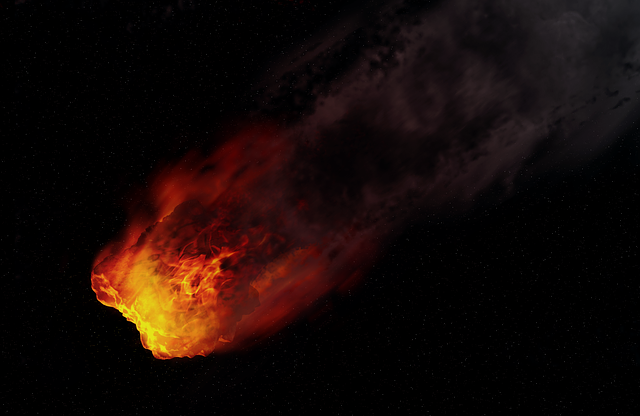Astronomers from Australia confirmed that a meteoroid hit Earth in 2017 and created a huge fireball in the sky. However, instead of exploding in the atmosphere or hitting the ground, the space rock was hurled away from the planet and returned to space.
According to the astronomers, the fireball incident occurred in July 2017. It was detected by a series of meteoroid-hunting cameras in Australia known as the Desert Fireball Network. Using the data collected by the cameras, the astronomers were able to discover what happened to the space rock.
The Grazing Fireball

As noted by the astronomers, the meteoroid hit Earth and grazed its atmosphere at a speed of almost 16 kilometres per second. Data shows that it penetrated the atmosphere within a depth of about 58 kilometres. Due to the friction from the atmosphere, the meteoroid started to burn up until it became a huge fireball that left a blazing trail of almost 1,300 kilometres long.
The entire incident lasted for about 90 seconds. During this time, the fireball began to slow down. Based on its initial speed and size of the fireball, the astronomers estimated that the meteoroid was about 30 centimetres long and weighed around 60 kilograms. They believe it came from the asteroid belt between Mars and Jupiter.
Returning To Space

Interestingly, instead of completely burning up in the atmosphere and disintegrating or exploding, the meteoroid was able to leave Earth relatively intact. The astronomers explained that as it grazed the planet's atmosphere, it received a boost from Earth in the form of a gravitational slingshot. Space agencies often use this concept in order to get probes an additional boost to fly beyond other planets.
As for the meteoroid, the astronomers said it was hurled away into interplanetary space. It will most likely spend about 200,000 years in orbit before it exits the Solar System. The details regarding the observations made by the astronomers were presented in a new study that has been submitted for publication.









